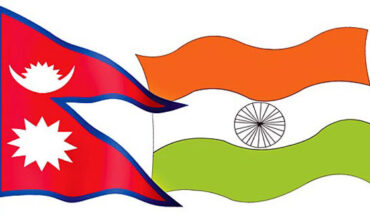The user carries a mechanical Braille interface developed at MIT’s Computer Science and Artificial Intelligence Laboratory (CSAIL), which conveys information about the distance to the nearest obstacle in the direction the user is moving
The researchers also developed a low-power chip, for processing the 3D camera data, that consumes only one-thousandth as much power as a conventional computer processor executing the same algorithms. Using their chip, the researchers at the Massachusetts Institute of Technology (MIT) built a prototype of a complete navigation system for the visually impaired. About the size of a binoculars case and similarly worn around the neck, the system uses an experimental 3D camera. The user carries a mechanical Braille interface developed at MIT’s Computer Science and Artificial Intelligence Laboratory (CSAIL), which conveys information about the distance to the nearest obstacle in the direction the user is moving. “There was some prior work on this type of system, but the problem was that the systems were too bulky, because they require tonnes of different processing,” said first author Dongsuk Jeon, from MIT’s Microsystems Research Laboratories (MTL) at the time of the study. “We wanted to miniaturise this system and realised that it is critical to make a very tiny chip that saves power but still provides enough computational power,” said Jeon, now at Seoul National University in South Korea. The output of any 3D camera can be converted into a 3D representation called a ‘point cloud’, which depicts the spatial locations of individual points on the surfaces of objects. The researchers, including Professor Anantha Chandrakasan and graduate student Priyanka Raina, modified the standard algorithm to trace the point cloud in order to drastically reduce the chip’s power consumption. The chip also includes a circuit that quickly and coarsely compares each new frame of data captured by the camera with the one that immediately preceded it. If little changes over successive frames, that is a good indication that the user is still; the chip sends a signal to the camera, which can lower its frame rate, saving power. Although the prototype navigation system is less obtrusive than its predecessors, it should be possible to miniaturise it even further, researchers said. Currently, one of its biggest components is a heat dissipation device atop a second chip that converts the camera’s output into a point cloud. Adding the conversion algorithm to the data-processing chip should have a negligible effect on its power consumption but would significantly reduce the size of the system’s electronics.–PTI






